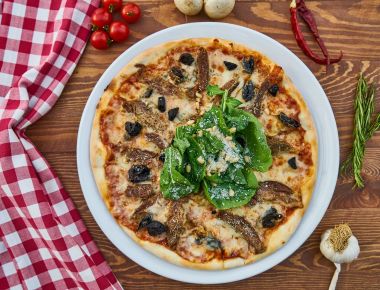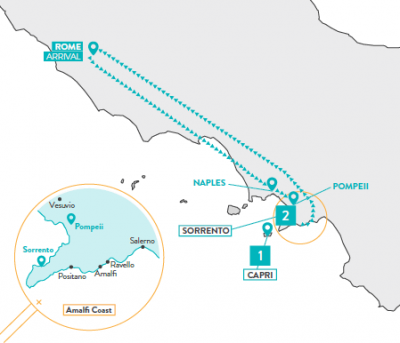Italian Food and Wine
Italy is divided into 20 regions, all of which produce wine. The most significant, when both quality and quantity are taken into consideration, are Tuscany, Piedmont and Veneto.
Each region has its flagship wine styles. Some are famous because they can be found all over the world, others because of their high quality. Tuscany is known for Chianti, Brunello di Montalcino and Vino Nobile di Montepulciano. Piedmont's most famous wine is probably Moscato d'Asti, but the region is most respected for its Barolo and Barbaresco. Veneto produces Prosecco and one of the world's finest wines: Amarone della Valpolicella.
Italian wines have 4 categories:
- DOCG (Denominazione di Origine Controllata e Garantita) is the highest classification for Italian wines. It denotes controlled production methods and guaranteed wine quality. There are strict rules governing the production of these wines.
- DOC (Denominazione di Origine Controllata) is the main tier of Italian wine classification, and covers almost every traditional Italian wine style.
- IGT (Indicazione Geografica Tipica) focuses on the region of origin, rather than grape varieties or wine styles.
- Vino da Tavola: means 'table wine' in Italian, and represents the most basic level of Italian wine.
Italian cuisine has influenced food culture around the world and is viewed as a form of art by many. Wine, cheese and pasta are important part of Italian meals. Pasta comes in a wide range of shapes, widths and lengths, including penne, spaghetti, linguine, fusilli and lasagna.
For Italians, food isn't just nourishment, it is life. "Family gatherings are frequent and often centered around food and the extended networks of families," said Wagner.
No one area of Italy eats the same things as the next. Each region has its own spin on Italian food. For example, most of the foods that Americans view as Italian, such as spaghetti and pizza, come from central Italy. In the North of Italy, fish, potatoes, rice, sausages, pork and different types of cheeses are the most common ingredients. Pasta dishes with tomatoes are popular, as are many kinds of stuffed pasta, polenta and risotto. In the South, dishes are dominated by tomatoes, either served fresh or cooked into sauce, and also includes capers, peppers, olives and olive oil, garlic, artichokes, eggplant and ricotta cheese.
Italian cuisine features a diverse range of fresh and colorful foods which are combined in simple ways to preserve the identity of the ingredients. The food is then traditionally enjoyed in a communal setting with family and friends, a little wine, and a lot of laughter.







